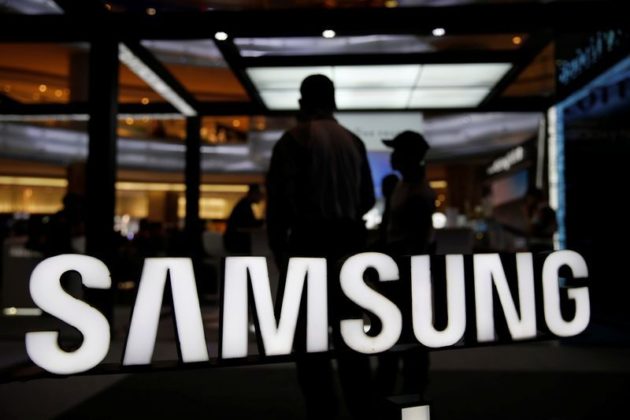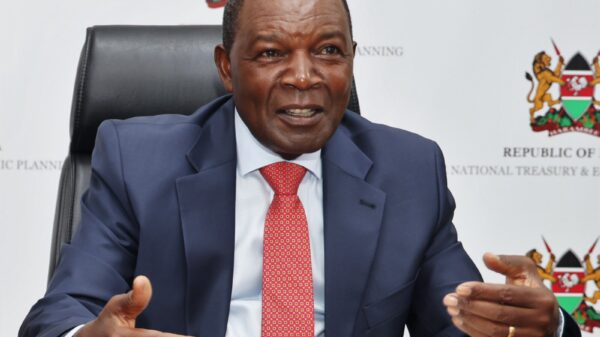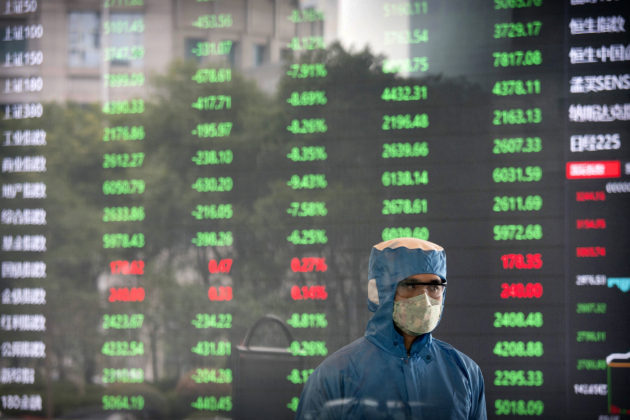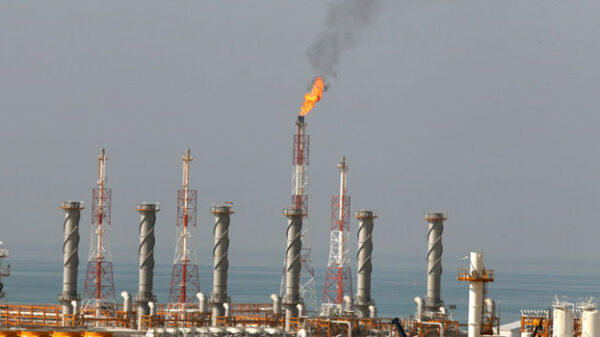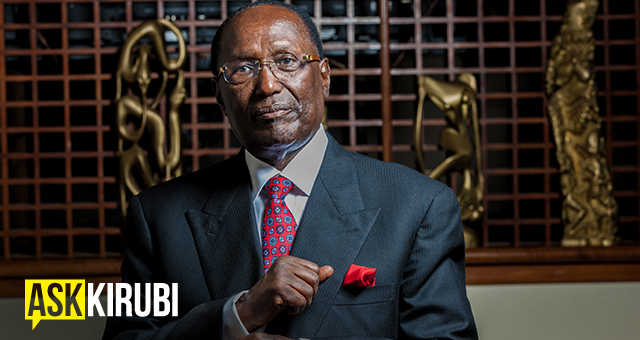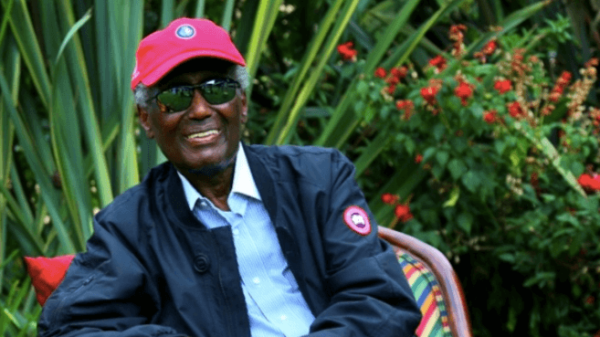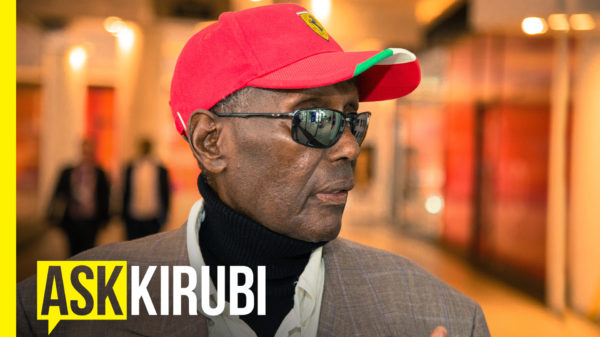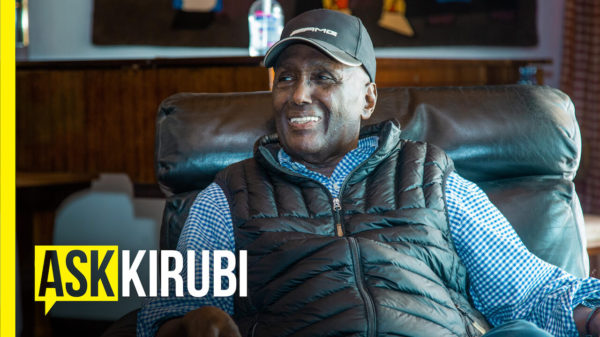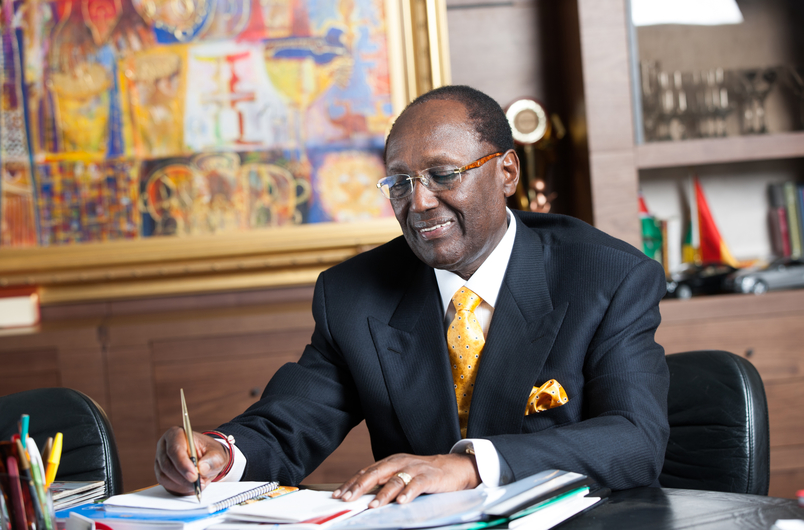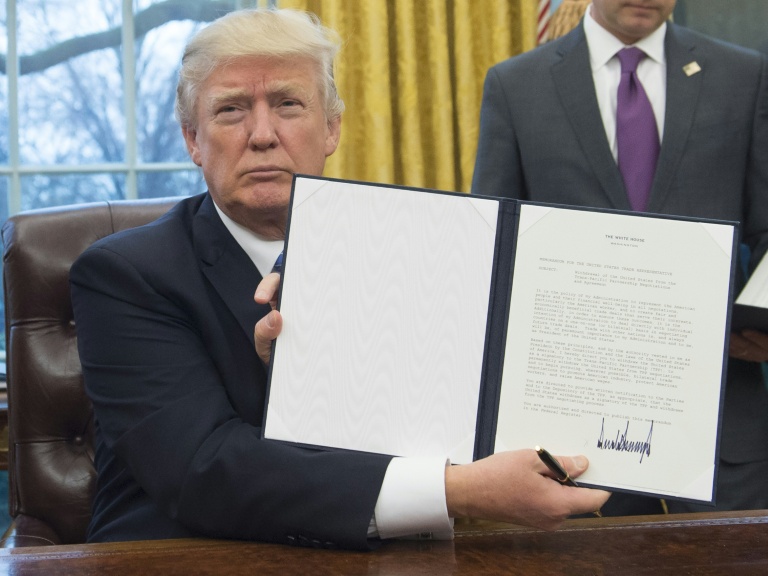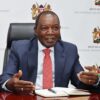
President Donald Trump holds up an executive order withdrawing the US from the Trans-Pacific Partnership after signing it in the Oval Office of the White House in Washington, DC, January 23, 2017 © AFP/File / SAUL LOEB
Washington, United States, Apr 13 – President Donald Trump said Thursday the US could re-enter the Trans-Pacific Partnership if it could get a “better” deal, potentially marking an abrupt about-face for a president who campaigned against the deal and swiftly withdrew from it after taking office last year.
“Would only join TPP if the deal were substantially better than the deal offered to Pres. Obama,” he wrote in a late night tweet.
“We already have BILATERAL deals with six of the eleven nations in TPP, and are working to make a deal with the biggest of those nations, Japan, who has hit us hard on trade for years!”
The statement came after the White House announced that US Trade Representative Robert Lighthizer and top economic adviser Larry Kudlow were re-examining Washington’s position.
Trump has frequently disparaged multilateral trade deals, calling the 24-year-old North American Free Trade Agreement a “disaster.”
The news was welcomed by lawmakers from agricultural states.
But his most hawkish trade advisers, who now dominate his cabinet after high-level departures, have expressed a strong preference for negotiating bilateral agreements, which they say play to US advantages.
The White House was quick to stress that Trump’s decision was consistent with earlier statements not a flip-flop.
“Last year, the President kept his promise to end the TPP deal… because it was unfair to American workers and farmers,” Deputy White House Press Secretary Lindsay Walters said in a statement.
However, he “has consistently said he would be open to a substantially better deal, including in his speech in Davos earlier this year.”
To that end, he has asked Lighthizer and Kudlow “to take another look at whether or not a better deal could be negotiated,” she said.
At the World Economic Forum in January Trump said he was prepared to enter talks with the TPP countries “either individually or perhaps as a group.”
It remained unclear, however, how enthusiastically the other 11 TPP economies would welcome an American return to the bargaining table.
Japan’s top government spokesman Yoshihide Suga said Friday Tokyo would “welcome it if the president’s remark was a recognition of the TPP’s significance and effect.”
But he added that Japan was committed to proceeding with the TPP in its current form.
“The TPP is a high-standard, well-balanced framework developed after meticulously weighing various interests,” he said.
“It is an accord like a glass sculpture. It would be extremely difficult to take out part of it for renegotiation,” he said.
But he said that Japan hoped Washington would see that the deal would benefit the US economy and added that Tokyo was eager to hear the administration’s views.

Graphic on countries in the Trans-Pacific Partnership. © AFP / Gal ROMA
Trump’s new comments on the trade pact, which was negotiated under former president Barack Obama, were a further sign his positions may not be as tough as his rhetoric.
After taking office, Trump decided not to withdraw from NAFTA and from a free trade pact with South Korea, despite his threats to do so, preferring to renegotiate those deals. He also has so far exempted the largest US trading partners from his harshest new tariffs on steel and aluminum.
– A damaging flip-flop? –
The TPP members, including Canada, Mexico and Japan, proceeded without the United States after Trump pulled out, and signed the sweeping new agreement last month.
Some experts have said joining the trade pact could strengthen the US position in their current trade spat with China, which is not a party to the agreement.

Country representatives sign the rebranded 11-nation Comprehensive and Progressive Agreement for Trans-Pacific Partnership (CPTPP) in Santiago, on March 8, 2018 © AFP/File / CLAUDIO REYES
Critics said exiting the agreement had been a strategic gift to Beijing, which stood to strengthen its regional trade dominance as the United States retreated.
Farm groups and political leaders from US agricultural states have been most outspoken in denouncing Trump’s trade confrontations with Europe and China, which until recently appeared ready to boil over into all-out trade war.
Senator Deb Fischer, a Republican from the corn-growing state of Nebraska, said in a statement Thursday she was “encouraged” by Trump’s move “to reengage with TPP nations.”
TPP opponents, however, were quick to warn Trump risked of backsliding on a central tenet of the economic nationalism which helped sweep him to power.
Lori Wallach of the left-leaning advocacy group Public Citizen said in a statement that the developments “signal that Trump does not give a crap about working people and cannot be trusted on anything.”
Richard Trumka, head of the AFL-CIO, the largest federation of US trade unions, said on Twitter that the TPP “should remain dead.”
“There is no conceivable way to revive it without totally betraying working people,” he said.


